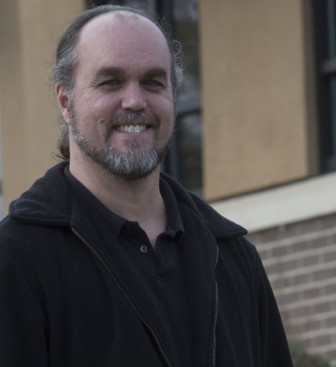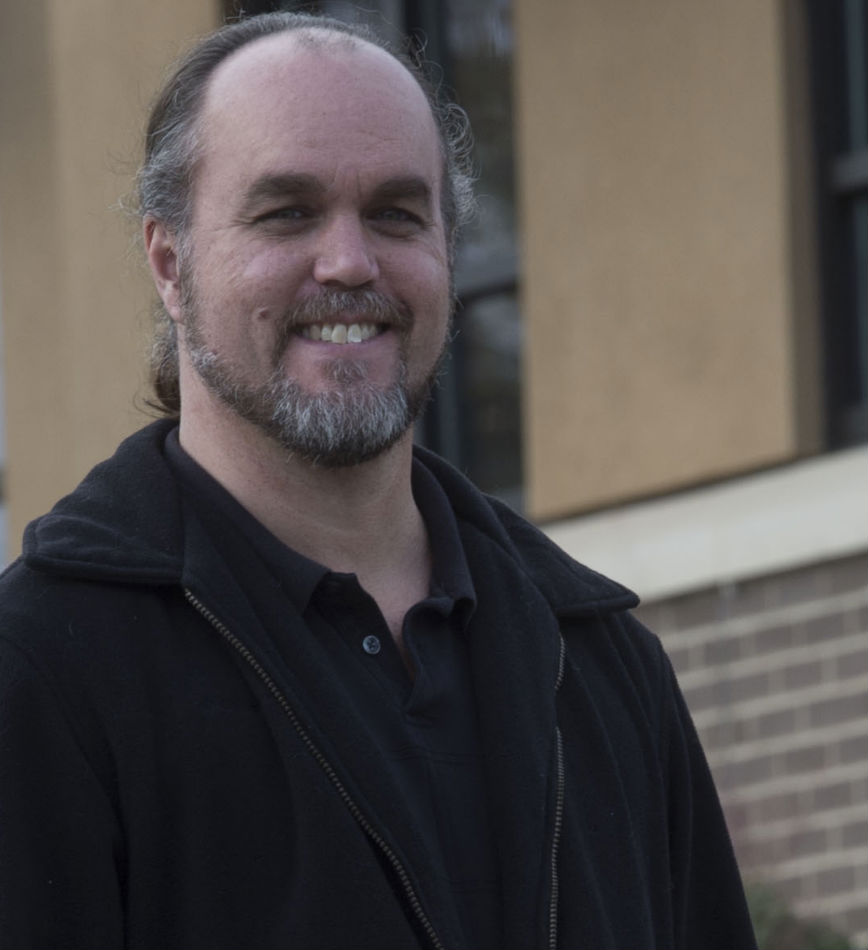 “The test of the morality of a society is what it does for its children.”
“The test of the morality of a society is what it does for its children.”
– Dietrich Bonhoeffer
The little girl likes to take her shoes off. She also has Down Syndrome. Shaylyn Searcy was 8 last year, and at the time was enrolled in Westlake Elementary School in Wayne Township, Ind. As reported by USA Today, someone at the school found a solution to Shaylyn’s “problem” by using duct tape to secure the child’s shoes to her socks and legs. When the bus brought her home she was unable to walk. Her parents carried her off the bus.
Things are not significantly better this year. NPR and ProPublica collaborated recently on stories highlighting the issue. ProPublica’s piece, “Violent and Legal: The Shocking Ways School Kids are Being Pinned Down, Isolated Against Their Will,” begins with the story of 10-year-old Carson, whose hand was punctured by a bolt and whose foot was broken as staff members attempted to stuff him into the “quiet area.” School officials didn’t seek medical care, but instead called his mother and explained that Carson was being “aggressive.” Actually he was terrified of the seclusion room and resisted going back.
In my experience, a cinder block room outfitted with a metal door and a series of locks has another name. It is a cell. The problem is that these kids aren’t in prison or mental hospitals but in schools, a place where we presume them to be safe.
Most agree that sometimes restraint must be used, but that it should be reserved for times when kids are an actual danger to themselves or others. Instead, the methods are used to address issues of discipline. A report by the American Association of School Administrators (a group that opposes federal limits on restraint and seclusion) found that 20 percent of administrators support the use of restraints as punishment. That such an attitude is acceptable among school leaders is sign of the oppositional posture some educators have adopted toward kids who are disabled emotionally and behaviorally.
ProPublica’s research of federal data found that in 2012 restraint and seclusion were used “more than 267,000 times nationwide,” and included “pinning uncooperative children facedown on the floor, locking them in dark closets and tying them up with straps, handcuffs, bungee cords or even duct tape.” Seventy-five percent of the kids were disabled, and many were injured. More than 20 have died in the last 20 years. These data do not include arrests.
On the federal level recent legislation has been proposed by Iowa Sen. Tom Harkin to curb the use of restraint and seclusion. Harkin chairs the Health, Education, Labor and Pensions Committee, which released a study in February that found, “There is no evidence that physically restraining or putting children in unsupervised seclusion in the K-12 school system provides any educational or therapeutic benefit to the child. In fact, use of [such practices] poses significant physical and psychological danger to students.”
Consider Kadaan, age 10, whose mother discovered that her son was secured to a chair by handcuffs with his arms and legs tied and a cloth tied over his face. Kadaan suffers from autism, and regrets his “tantrum,” but it is not always easy for him to control his emotions. The ones who should regret it are school officials who sanction such punishments.
Changes have been made in some states, but much remains to be done. Rules for such practices remain a mishmash, with only a few states (especially Georgia) strongly controlling what schools can do, while others have no regulations at all.
One of the most promising strategies is Positive Behavior Interventions and Supports (PBIS). Used in some districts for more than two decades, PBIS “involves identifying triggers for dangerous behavior by students most at risk,” then developing a plan to intervene to stop such behaviors. These kinds of approaches are particularly successful when implemented in the lowest grades. Kids learn new ways of behaving more quickly when punishment isn’t used as the agent of change.
Although resistance by some educators will continue, it is high time that schools, just as juvenile facilities and mental hospitals decades ago, adopt alternative strategies for dealing with difficult kids. It is not only more effective, it is the right thing to do.

























